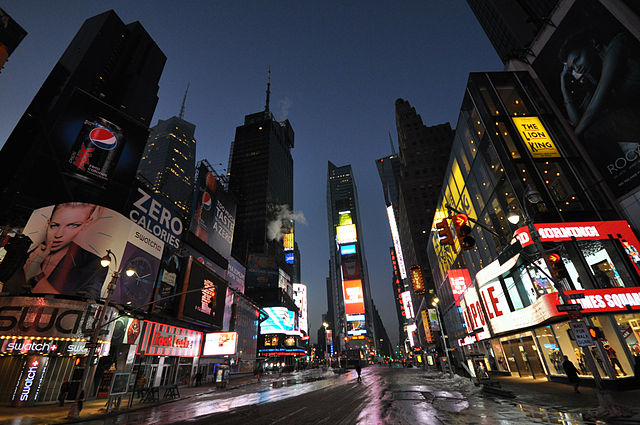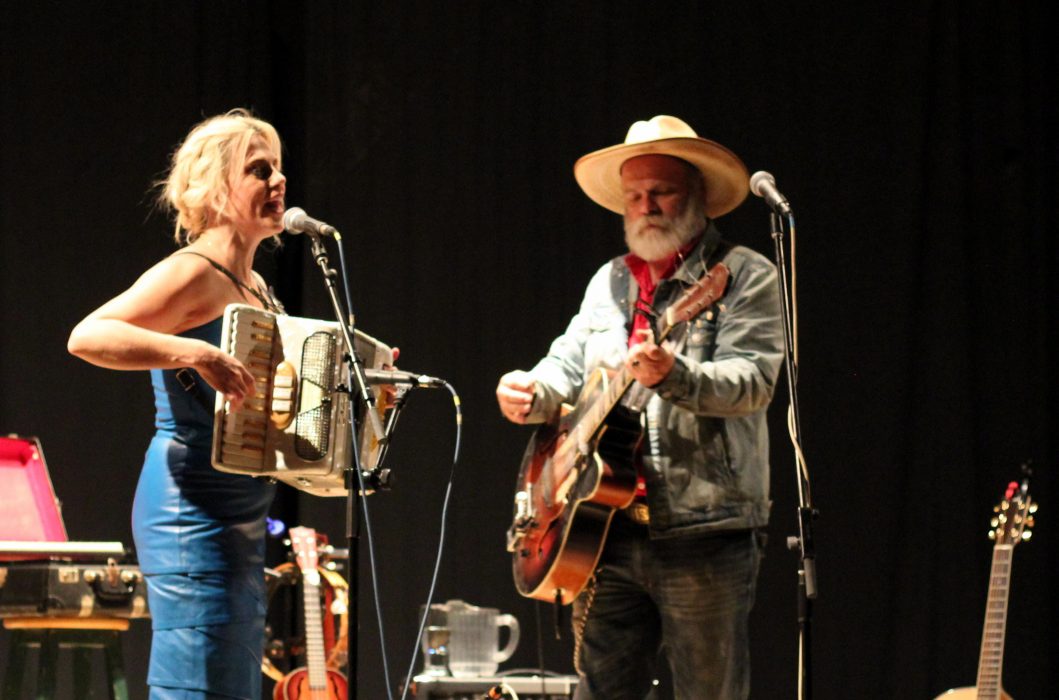Burnin’ To The Sky
By Gord Ellis
So I just finished watching David Bowie’s 10-minute-long music video for his new song “Blackstar.” It’s really one of the most unusual things I’ve seen in a very long time. The elements of the story include a beautiful woman with a catlike tail and uni-brow who finds the body of an astronaut, opens the hood, and sees a bejewelled skull. The skull is then turned into some sort of centerpiece for what looks like a religion. Bowie, who first appears in a blindfold with two buttons for eyes, is older, but still very recognizable. His is a face—and overall look—that remains somehow outside the norms, whatever they are. He is almost feline. Anyway, the “Blackstar” video (and song) roll on to include some shirtless people twitching in an attic, and three scarecrows writhing on makeshift crosses. Oh, and they have the blindfold on as well. As the video nears conclusion, the music become more dissonant and dark. Then it abruptly ends.
The video is not an easy thing to get through, despite some beautiful moments, visually and musically. It does, in a small way, also hearken back to his days in Berlin, when he did challenging work like Low and Heroes. Some of the themes in the “Blackstar” song and video are familiar ground for Bowie: space travel (is that Major Tom in the suit?), religion (“Loving the Alien”) and mortality. I’m struck that Bowie, nearing the end of his amazing career, is not the least bit interested in letting us bathe in nostalgia for the Thin White Duke or Ziggy. He is an artist, and one who has always tried to push the boundaries of what his audience expects of him and what he expects of himself.
That Bowie is doing this work at all, at nearly 69, is tremendous. After a heart attack and angioplasty in 2004, Bowie stepped back from doing concerts and recorded very little music. His near decade off from the music business lead to a massive revisiting of his career by both fans and the uninitiated. That body of work, from Space Oddity, through Ziggy Stardust, Low, Young Americans, Let’s Dance, Scary Monsters, and Earthling, to name just a few high points, is without parallel. That short list leaves out some of Bowie’s odder career choices, like trying to be “just a member” of the noisy four person band Tin Machine. Yet to call Bowie a chameleon is unfair to his ability to be a tastemaker. It would be hard to imagine the glam look of so many early 70s rock bands without Ziggy Stardust and the Spiders from Mars. Bowie completely inhabited Ziggy, so much so that he stayed in character during press conferences and appearances.
Bowie has also been unusually good at trying on a wide variety of musical styles, and still sounding exactly like David Bowie. When I was listening to “Blackstar,” it was interesting how often Bowie’s voice or turn of phrase made me think of something from earlier in his career. His unique vocal style, so passionate yet somehow cool as well, has been used to great effect in songs as diverse as “Jean Genie” and “Young Americans.” Mix in his love of acting and theatre, great songwriting and his rail thin, severe looks, and you have someone who was born to not only be a star, but to change music.
Bowie’s surprise 2013 album, New Day, knocked my socks off. The whole thing was incredibly good. It will be interesting to hear what else is on Bowie’s new album, Blackstar, due on January 8, 2016 (his 69th birthday). You can be sure it won’t be boring. David Bowie has never been that.
Publisher’s note:
It is with tremendous sadness that we mark the passing of David Bowie on January 10, 2015. He leaves us with a tremendous body of work and has left a formidable mark on music and pop culture.














